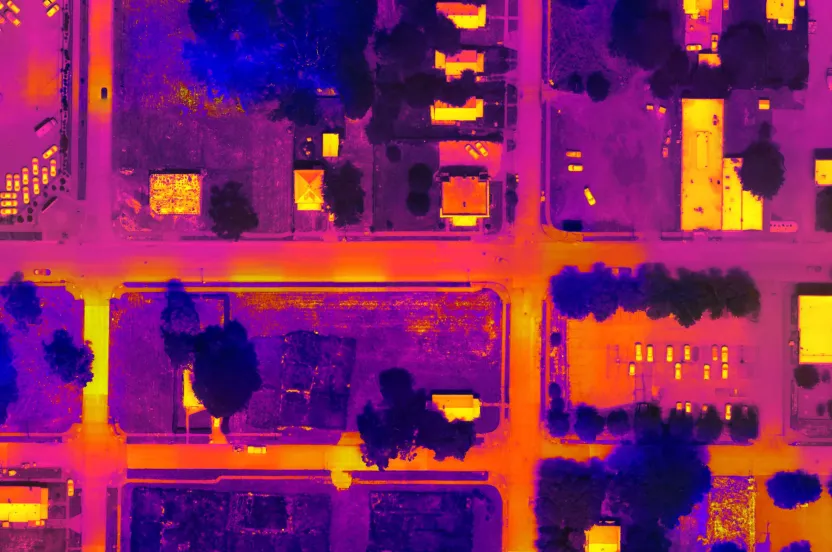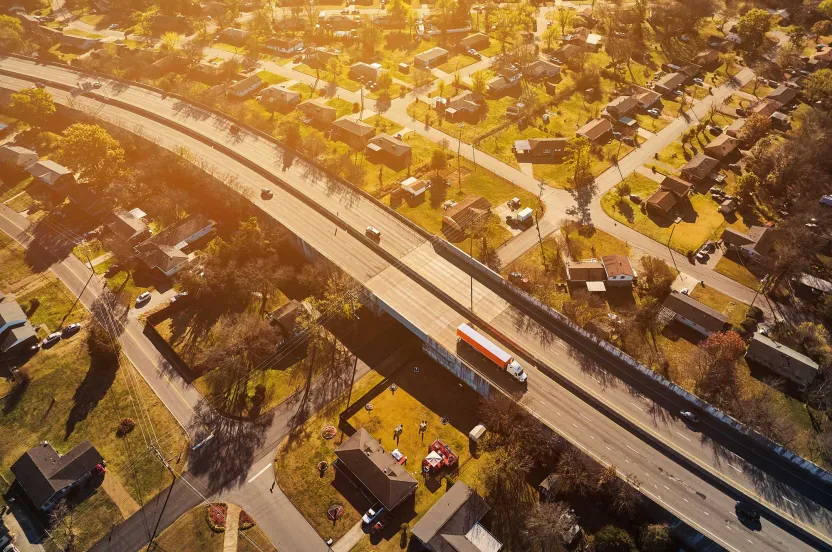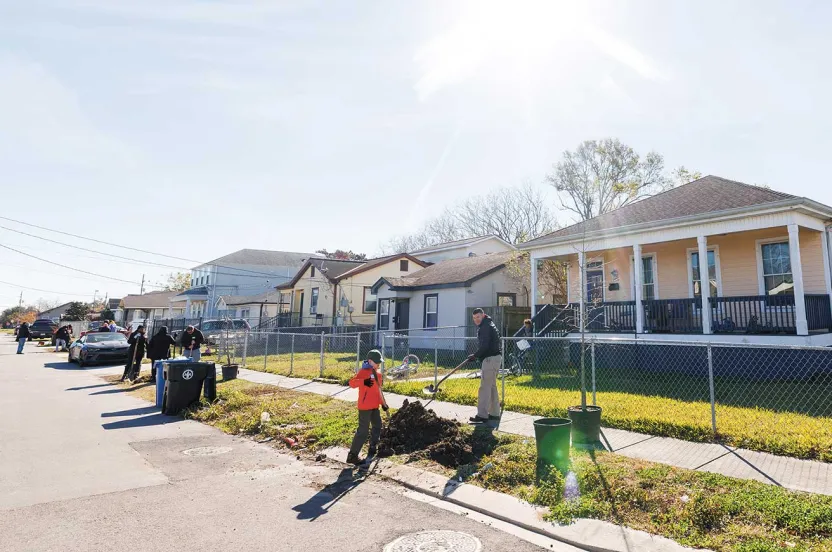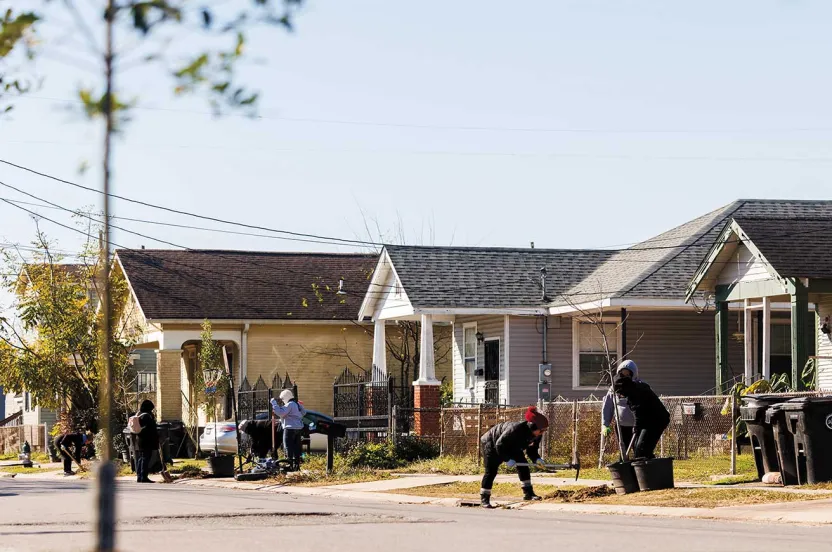Give before midnight on July 31 to double your impact where trees need us most. CHOOSE A PROJECT
The Cool Factor: How Trees Are Combatting Rising Temps
Extreme heat is becoming deadly. But trees in the right place stand strong to shield communities.
June 30, 2025
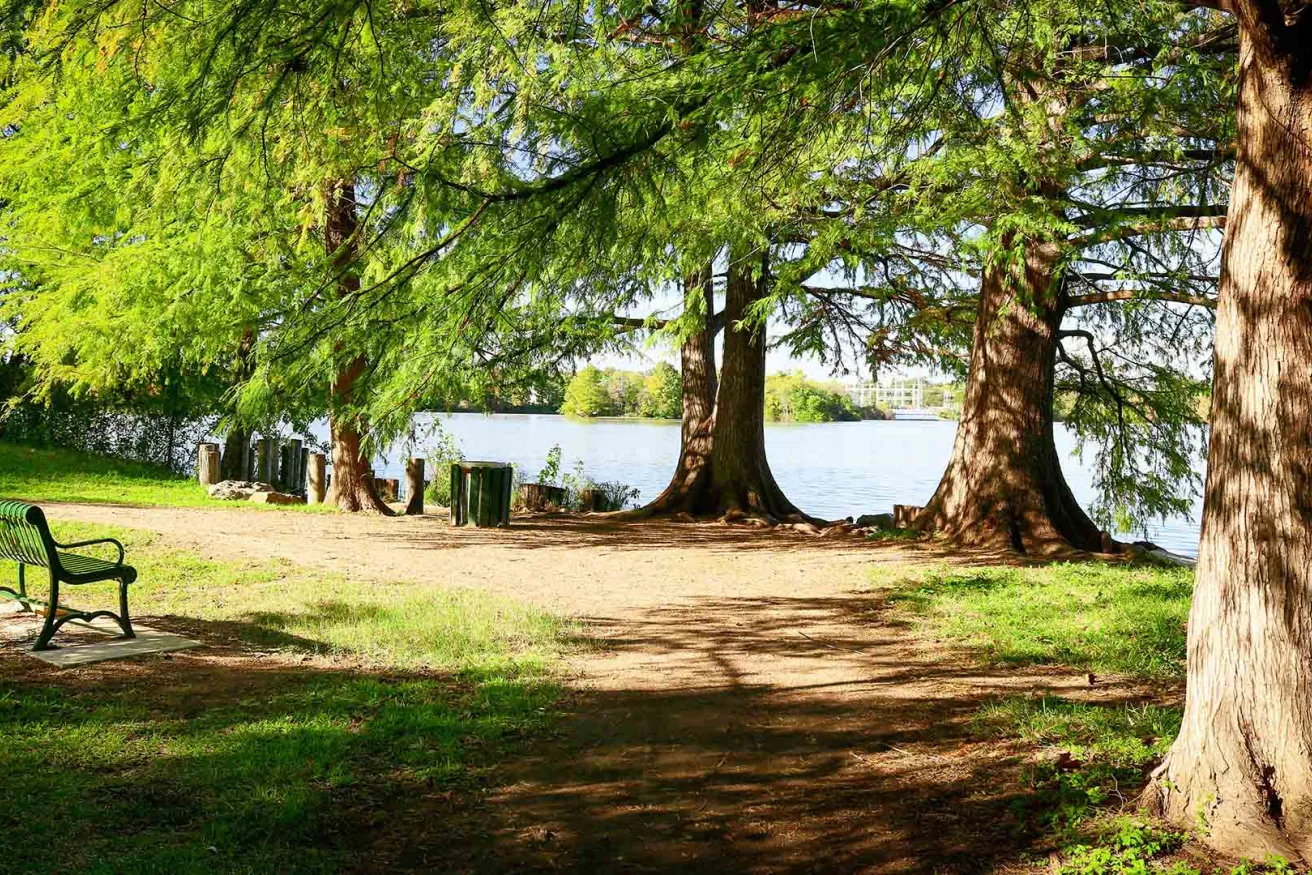
Across the country, one fact is becoming impossible to ignore: It’s hot — and it’s getting hotter.
Record-breaking heatwaves have Americans experiencing the effects of extreme heat more than ever before. In cities as geographically diverse as Phoenix, Miami, and New York, the number of days topping 100°F has doubled or even tripled over the past 30 years. And according to the National Oceanic and Atmospheric Administration (NOAA), Earth’s 10 hottest years on record have all occurred within the last decade.
This isn’t a looming scenario. It’s a shared American reality — one that’s quickly shifting from uncomfortable to unbearable.
The Urban Heat Crisis
Extreme heat is now the deadliest weather-related disaster in the U.S., killing more Americans each year than hurricanes, floods, and wildfires combined. In urban areas, the threat is magnified by what’s known as the urban heat island effect — a phenomenon caused by heat-trapping surfaces like concrete and asphalt. These materials absorb the sun’s energy and radiate it back into the air, raising temperatures by as much as 20°F compared to surrounding rural areas.
While heat can be dangerous for all Americans, more than 100 million live in areas in need of greater tree canopy. That's nearly a third of the population.
Our tree planting efforts are helping communities beat the heat from coast to coast.
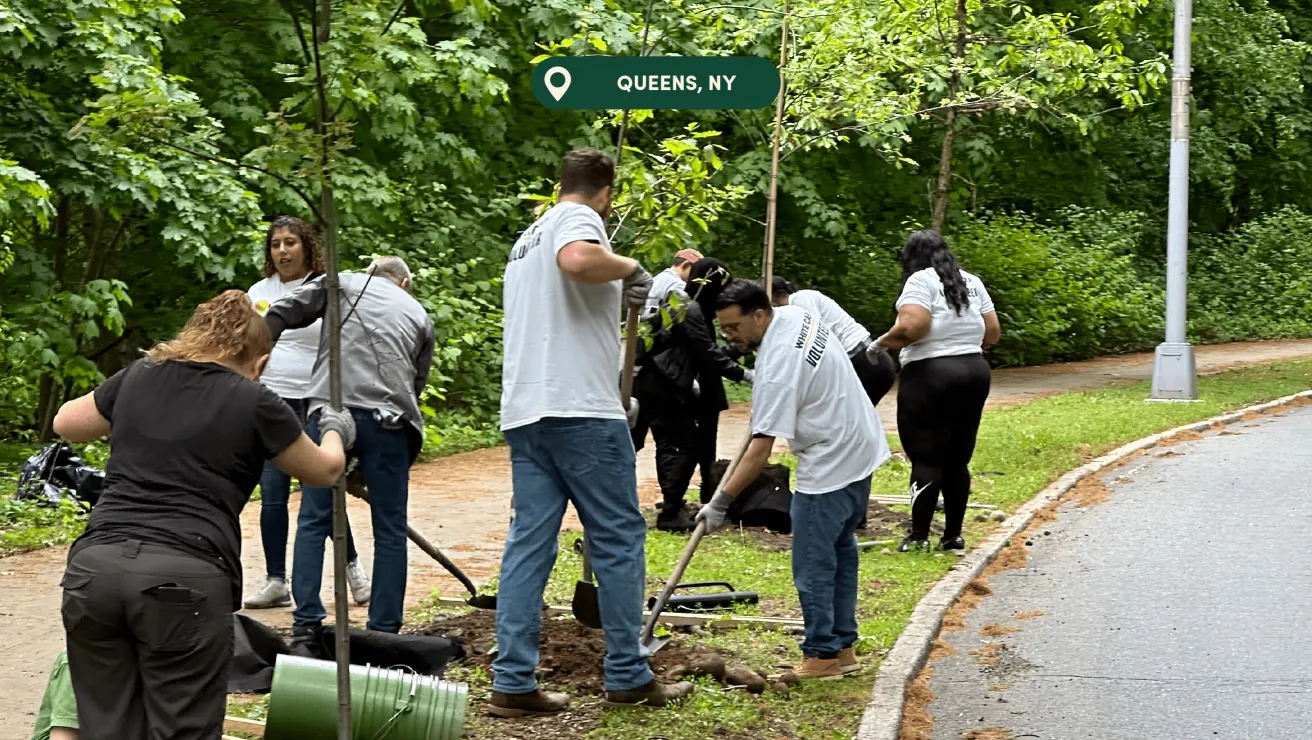
With borough-wide canopy still below the 24% NYC average, new plantings in undercanopied areas are key to delivering relief from the heat.
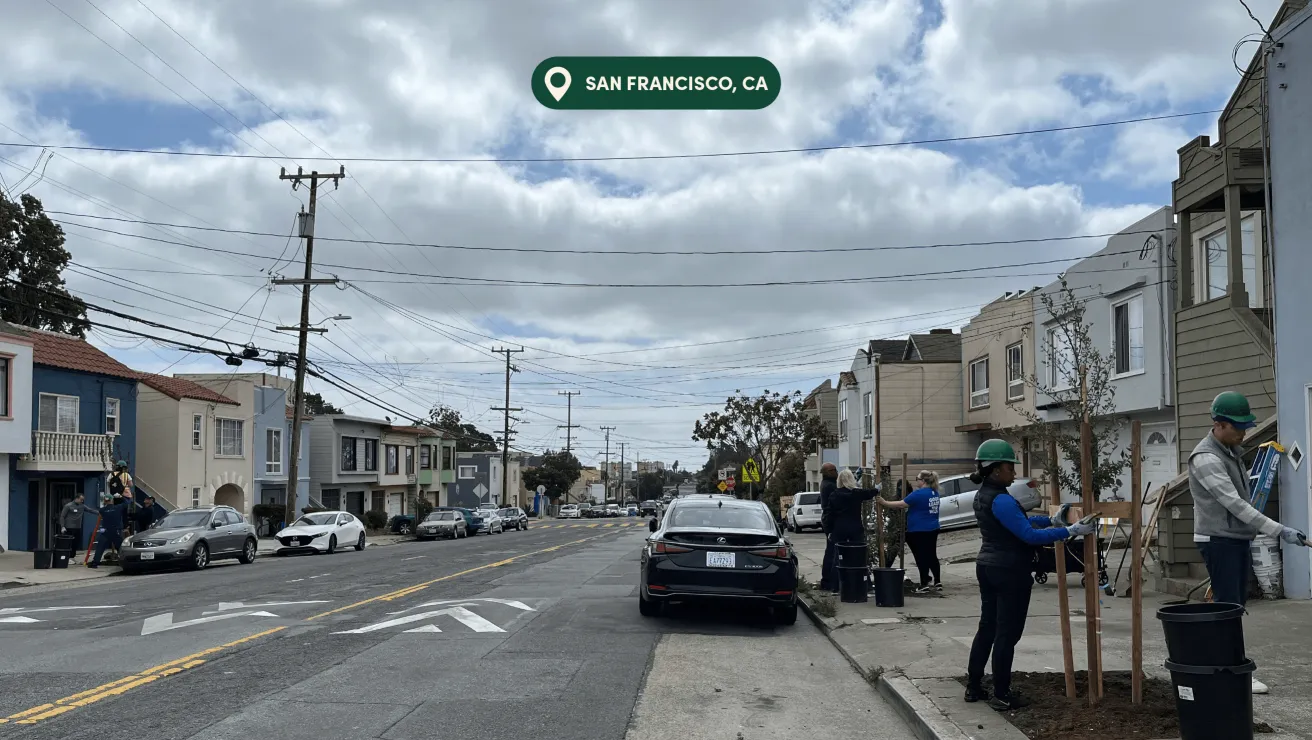
Low-canopy districts — especially in the Mission and Bayview-Hunters Point — remain heat-vulnerable; greening projects are strategically targeting heat-susceptible blocks to cool and connect communities.
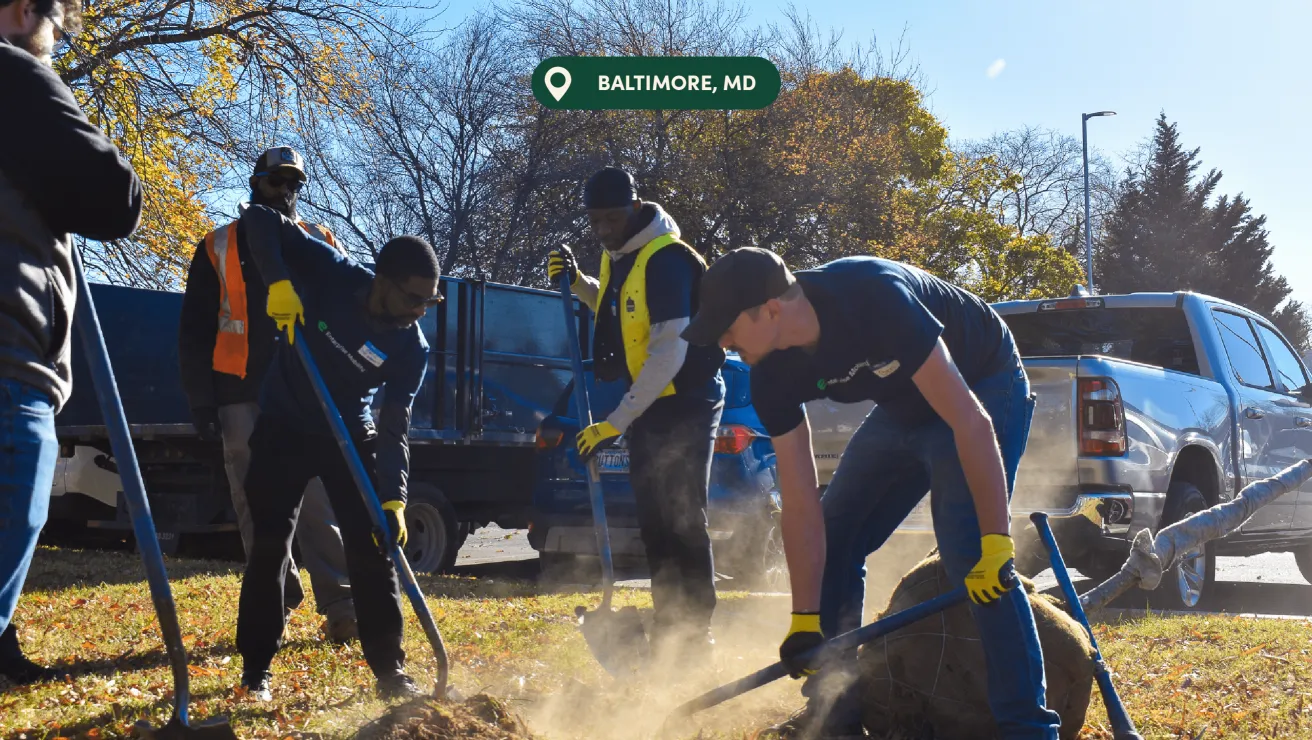
In neighborhoods with as little as 6% canopy — far below the city's average of around 28% — tree plantings are critical to cool urban heat islands and promote equitable public health.
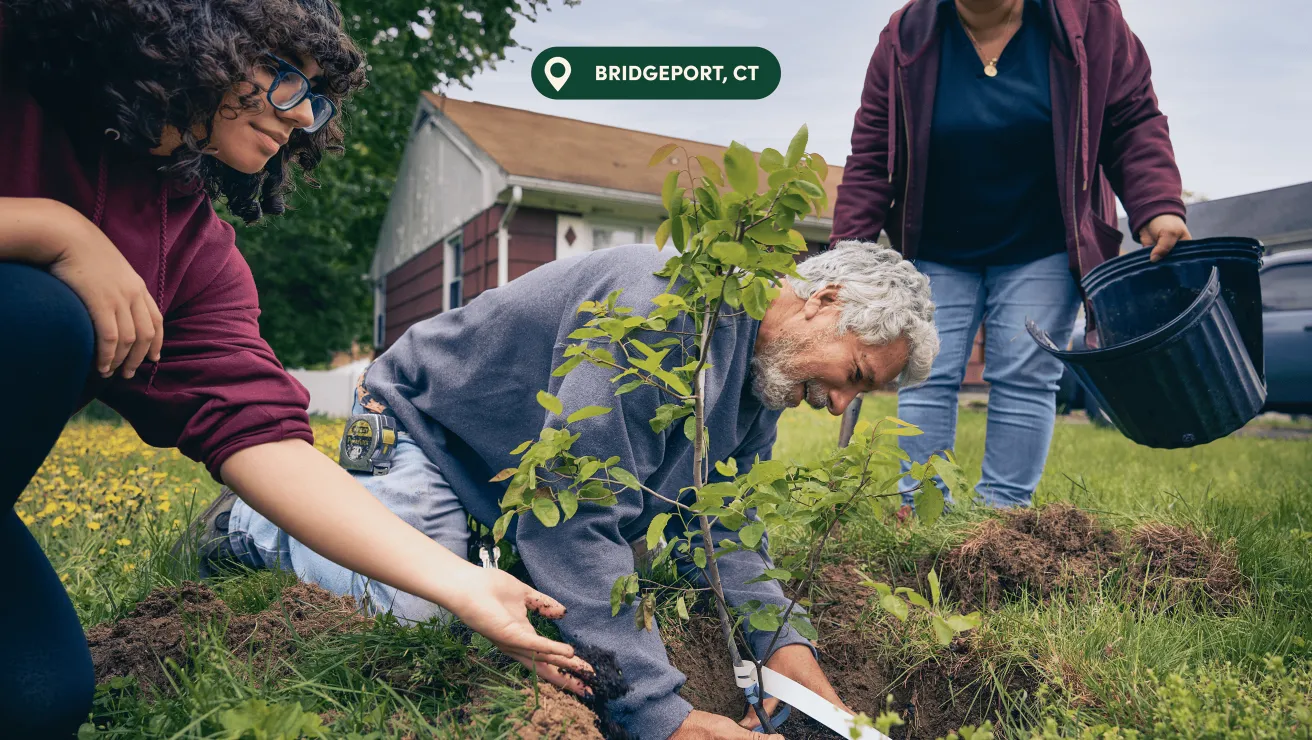
In East Bridgeport, our partners plant trees to mitigate heat in areas with as little as 5% tree coverage.
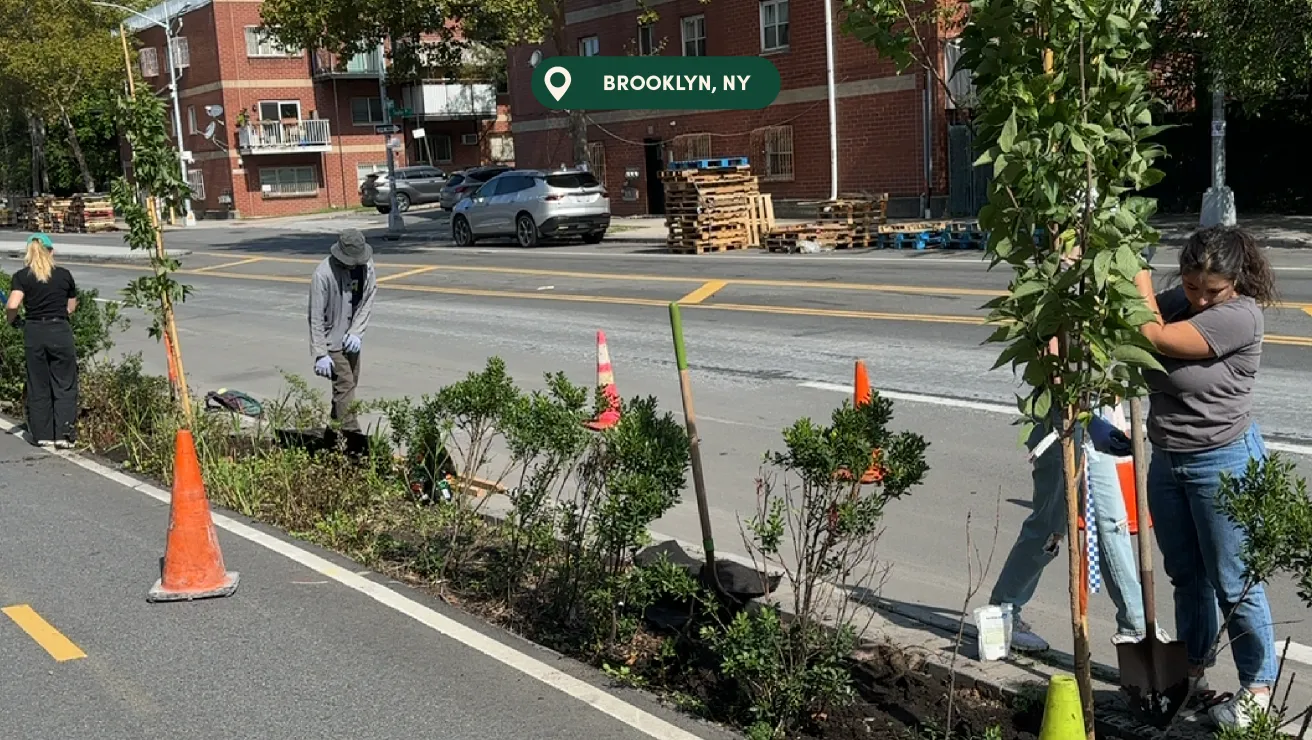
Local planting partners are working to close the canopy gap in neighborhoods that have long gone without green investment.
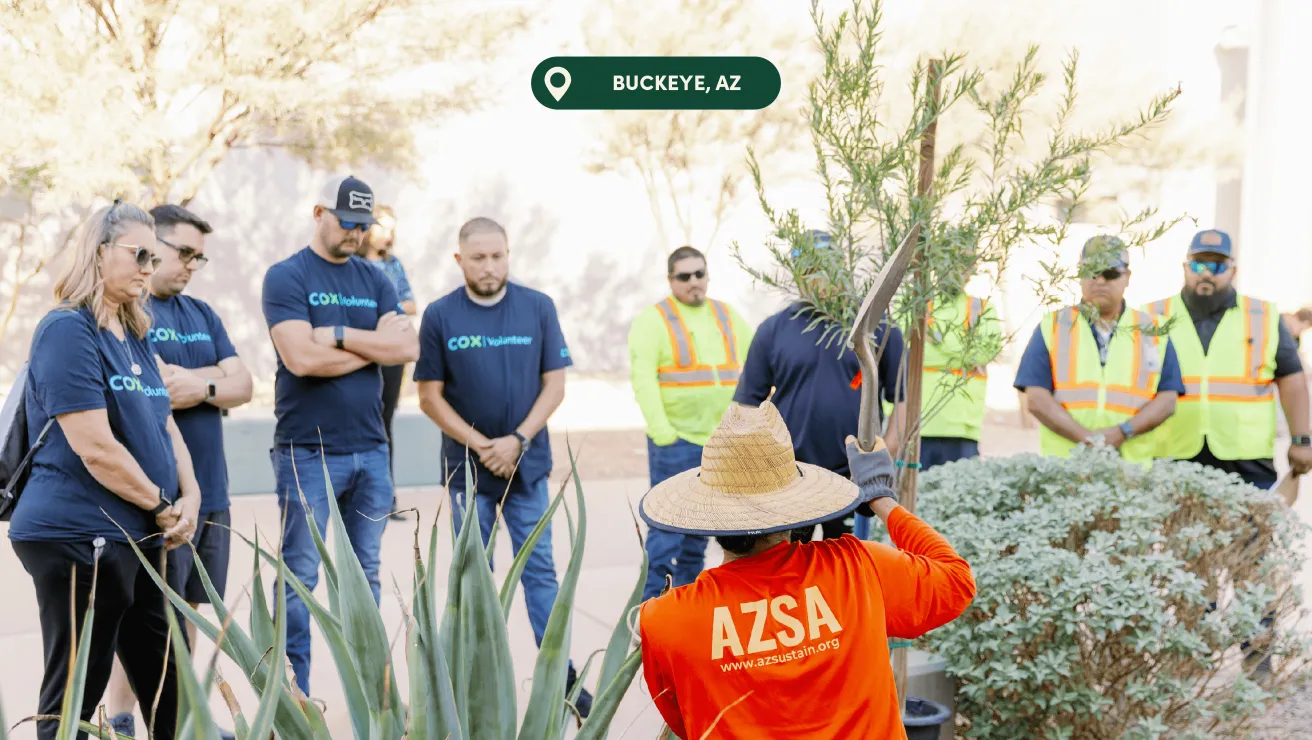
In this fast-growing desert city — recording 181 days above 90 °F annually — limited tree cover drives extreme heat; targeted plantings provide essential shade in new developments.
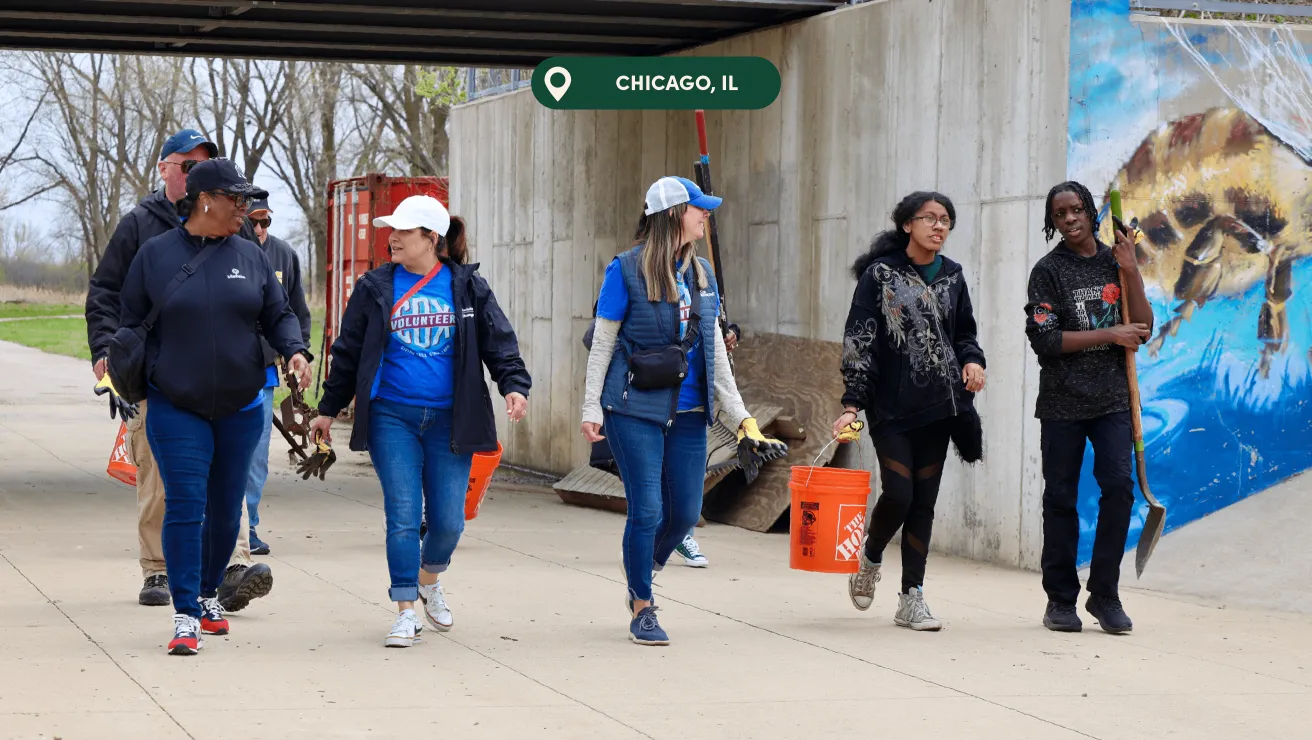
Many South and West Side communities face canopy levels well below the city average (~17 %), suffering higher heat impacts — new trees are bringing much-needed cooling relief to community members.
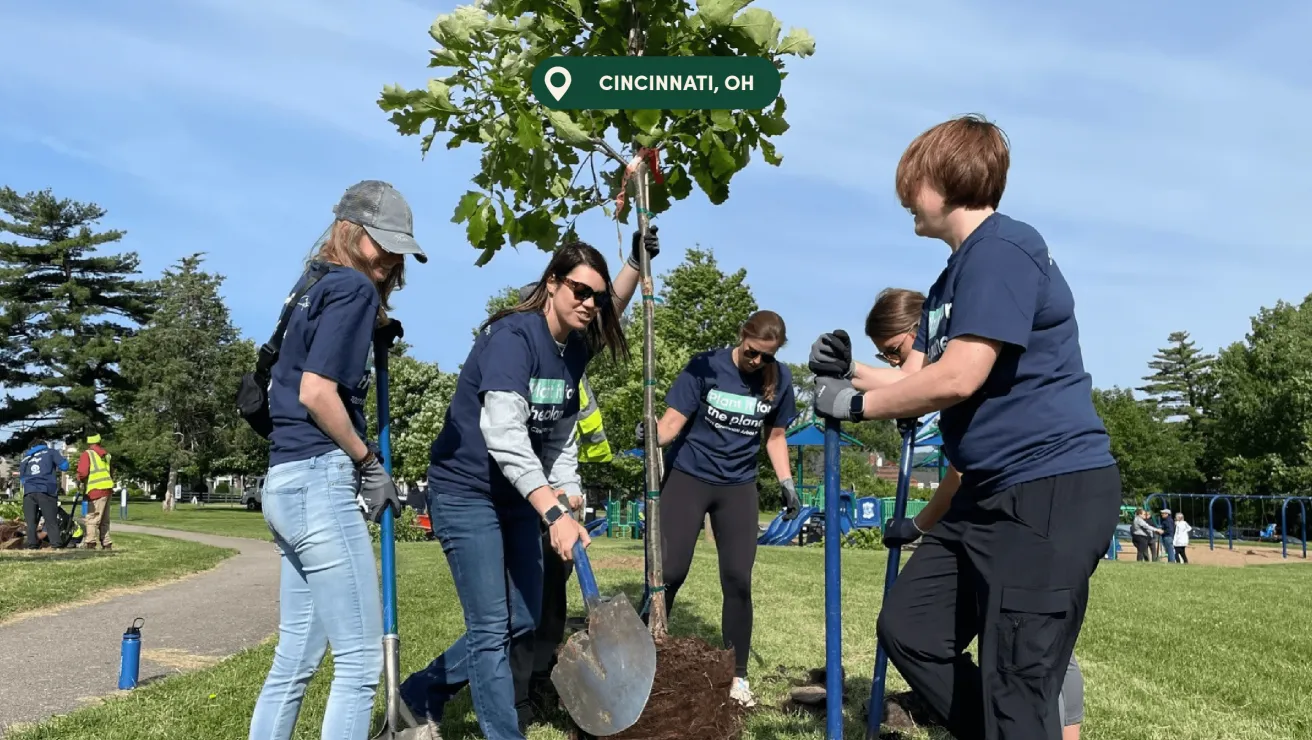
Aging canopy and urban sprawl have left parts of the city with sparse shade; recent community-led plantings aim to revitalize streets and reduce summer heat islands.

New trees are being planted in heat-prone cities, like Glendale, to bring shade and resilience to neighborhoods where concrete and asphalt dominate the landscape.
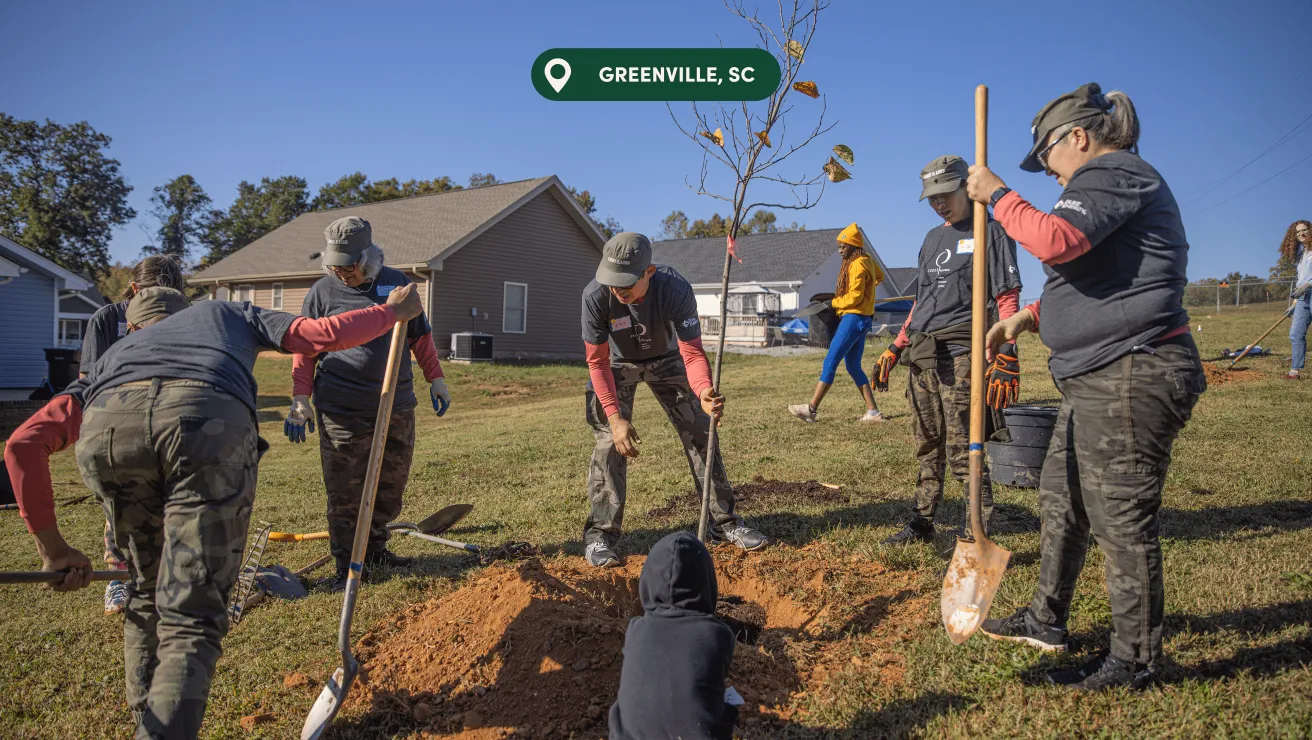
Local partners join forces to plant trees where canopy is low and the need for cooling shade is high.
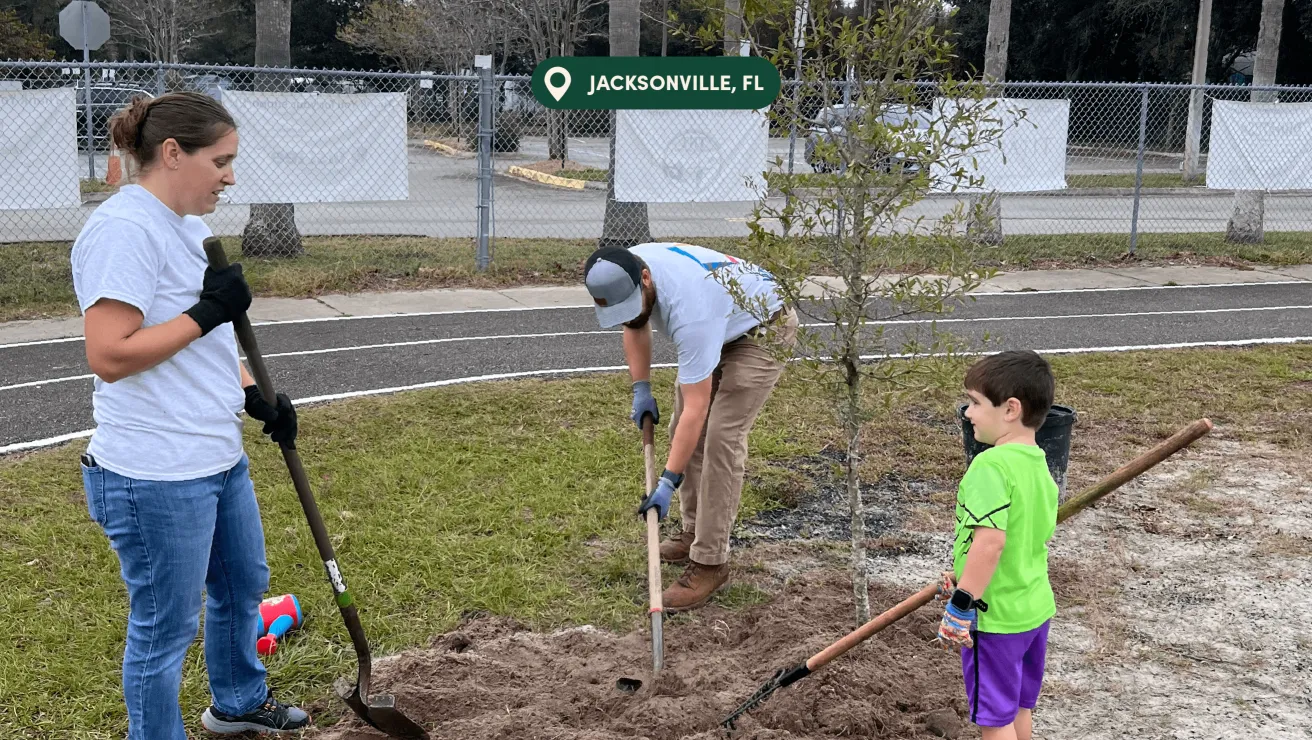
With soaring summer temps and limited shade in older urban corridors, tree plantings help curb energy costs and protect vulnerable populations from heat stress.
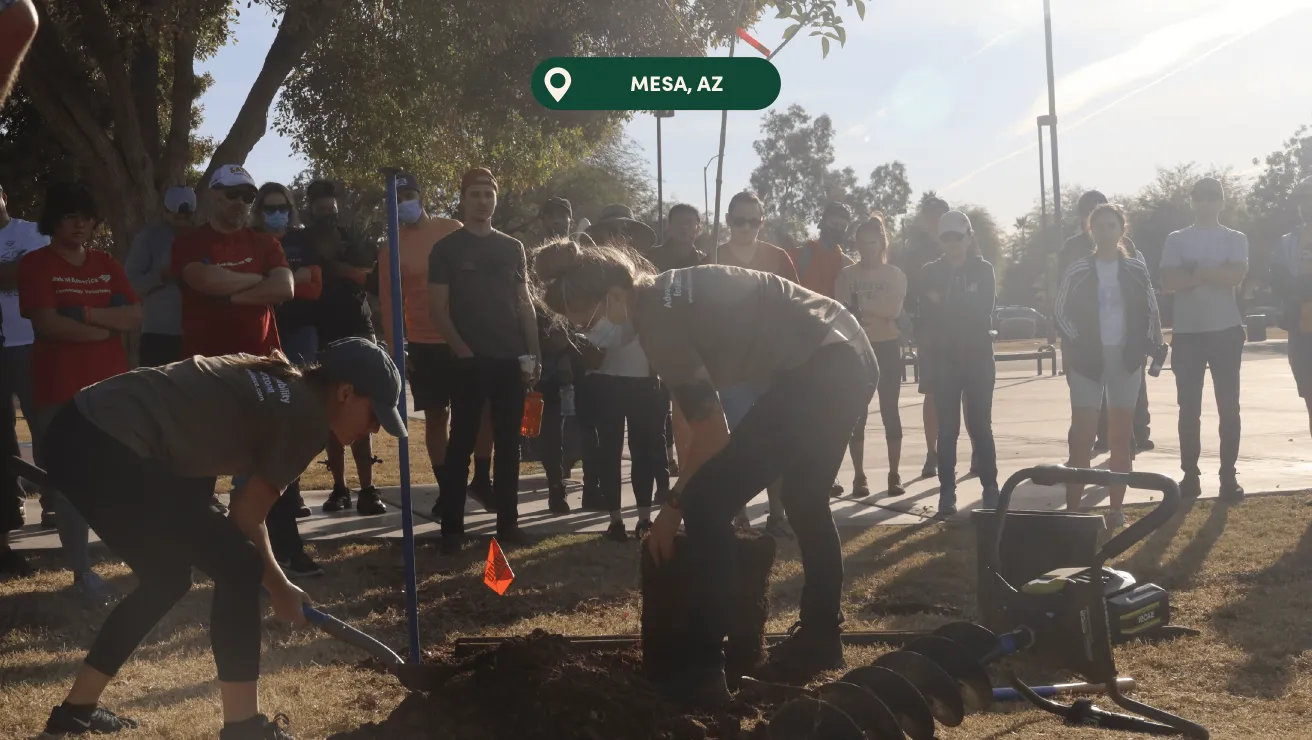
Mesa is one of Phoenix metro’s hottest suburbs, with surface temps routinely exceeding 150 °F on pavements. Planting shade trees offers relief and helps cool streets and public areas.
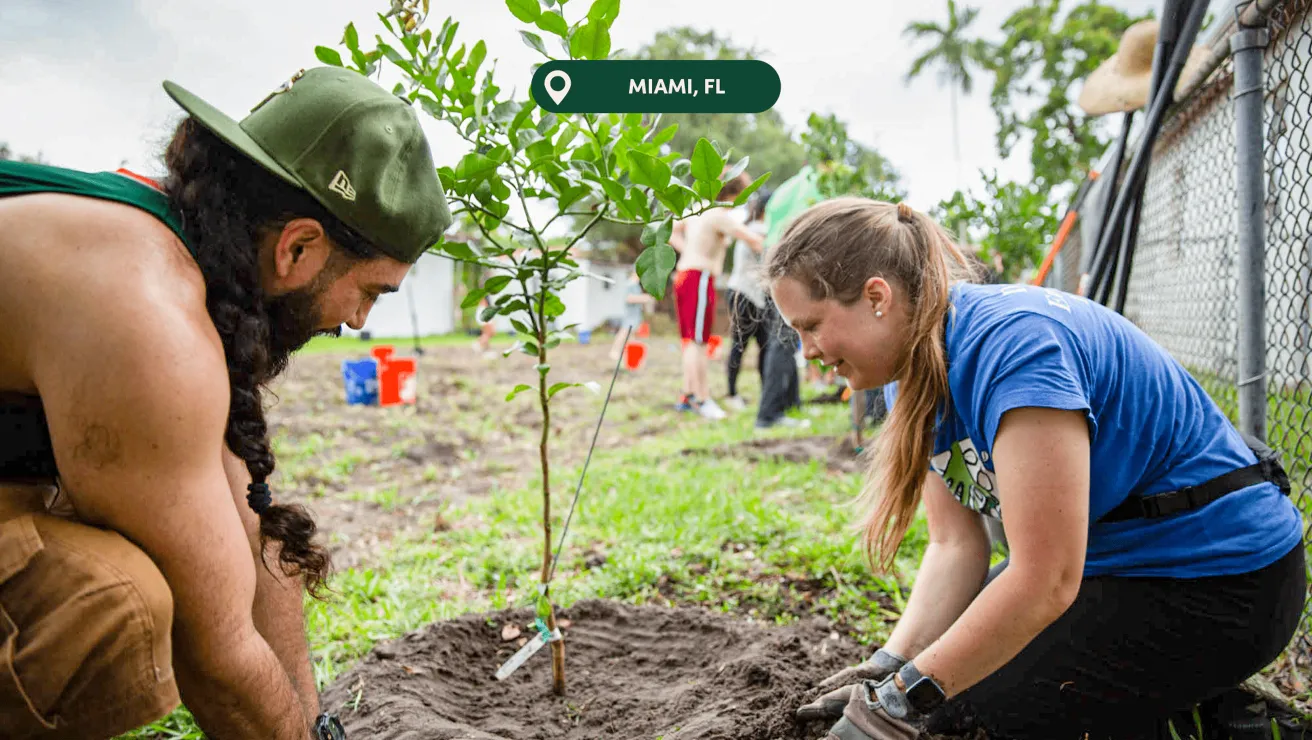
Miami partners are turning to trees as a powerful tool to cool streets, lower energy costs, and improve lives.
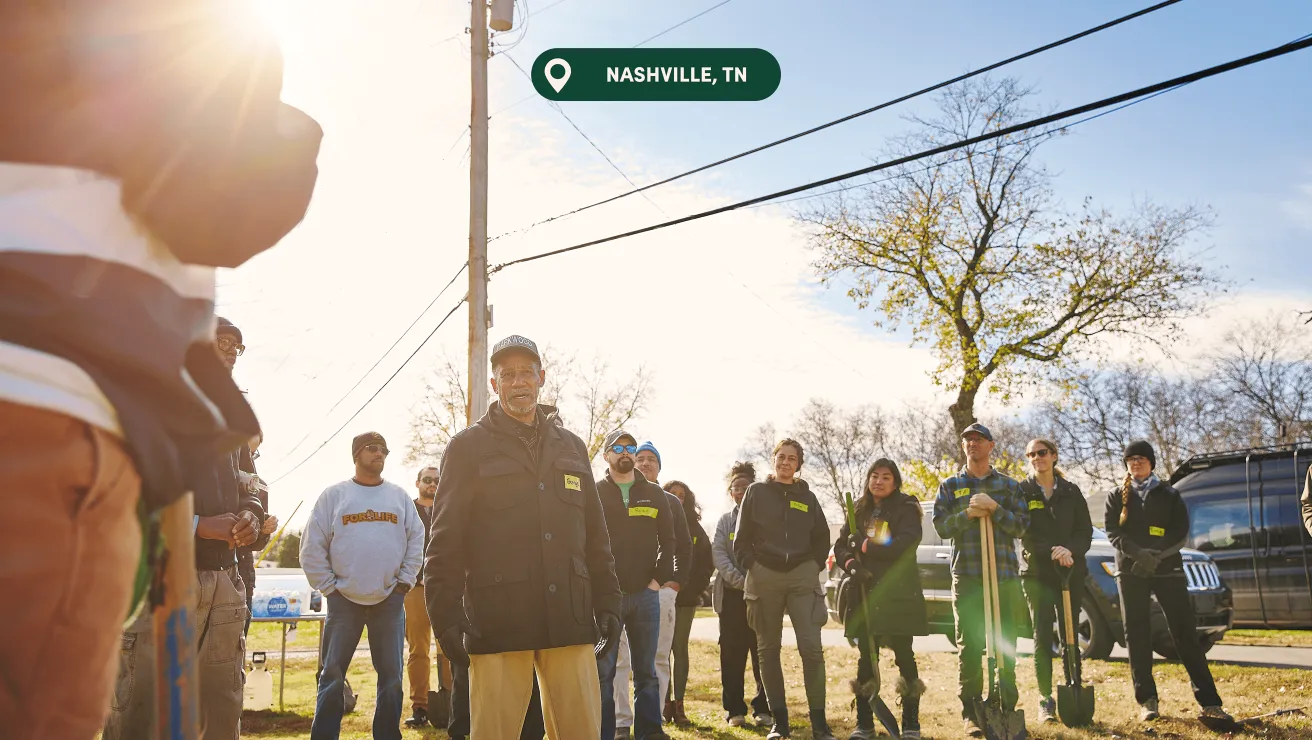
Nashville has lost hundreds of acres of canopy in recent years, due to urban development, storm damage, and invasive species.
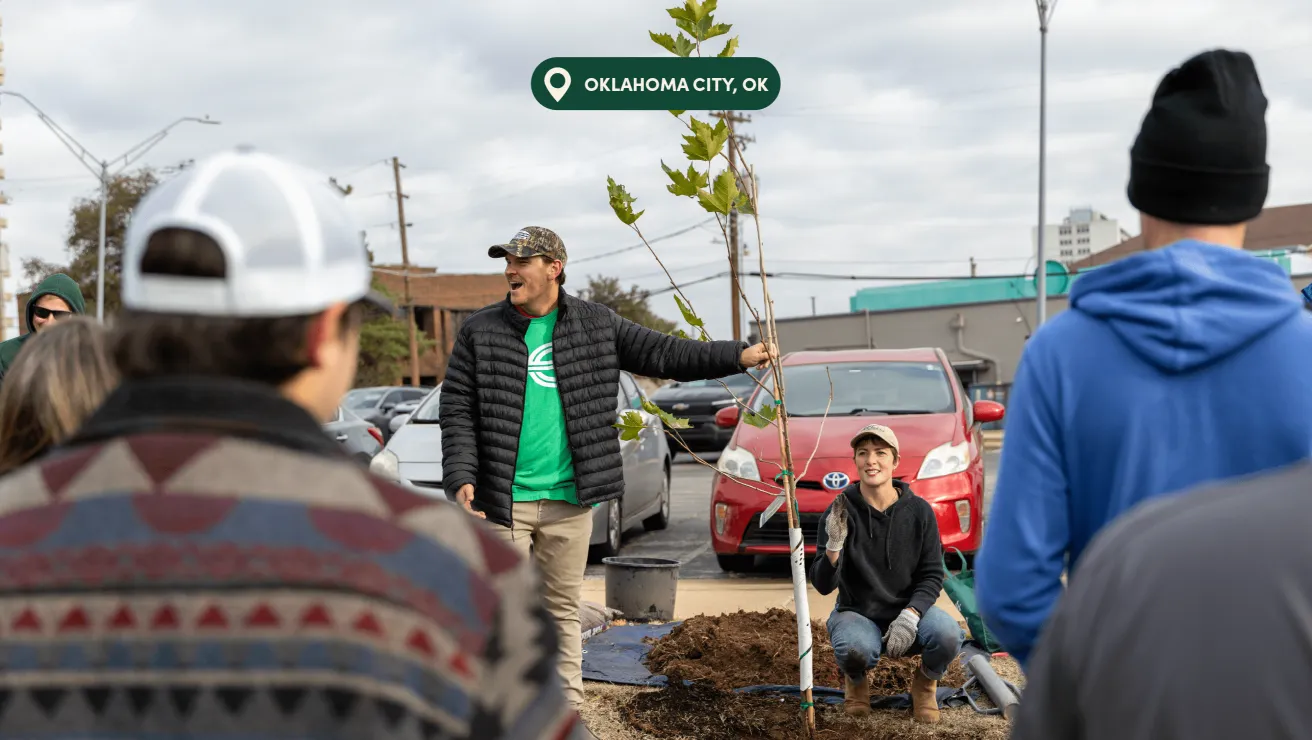
As severe storms and rising summer highs become more common, tree plantings are buffering neighborhoods in cities like Oklahoma City — reducing energy bills and improving storm resilience.
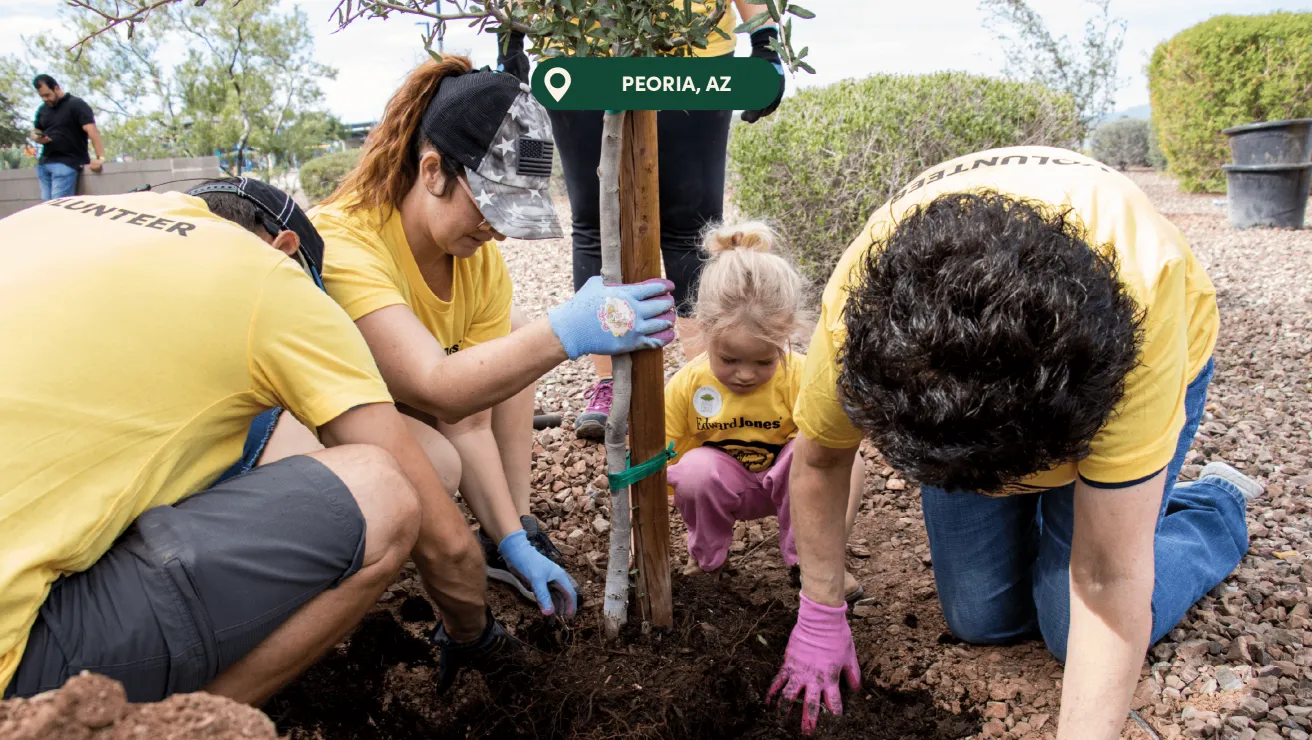
Amid urban expansion and aging green infrastructure, new canopy plantings are restoring shade in residential zones struggling with high summer temperatures.
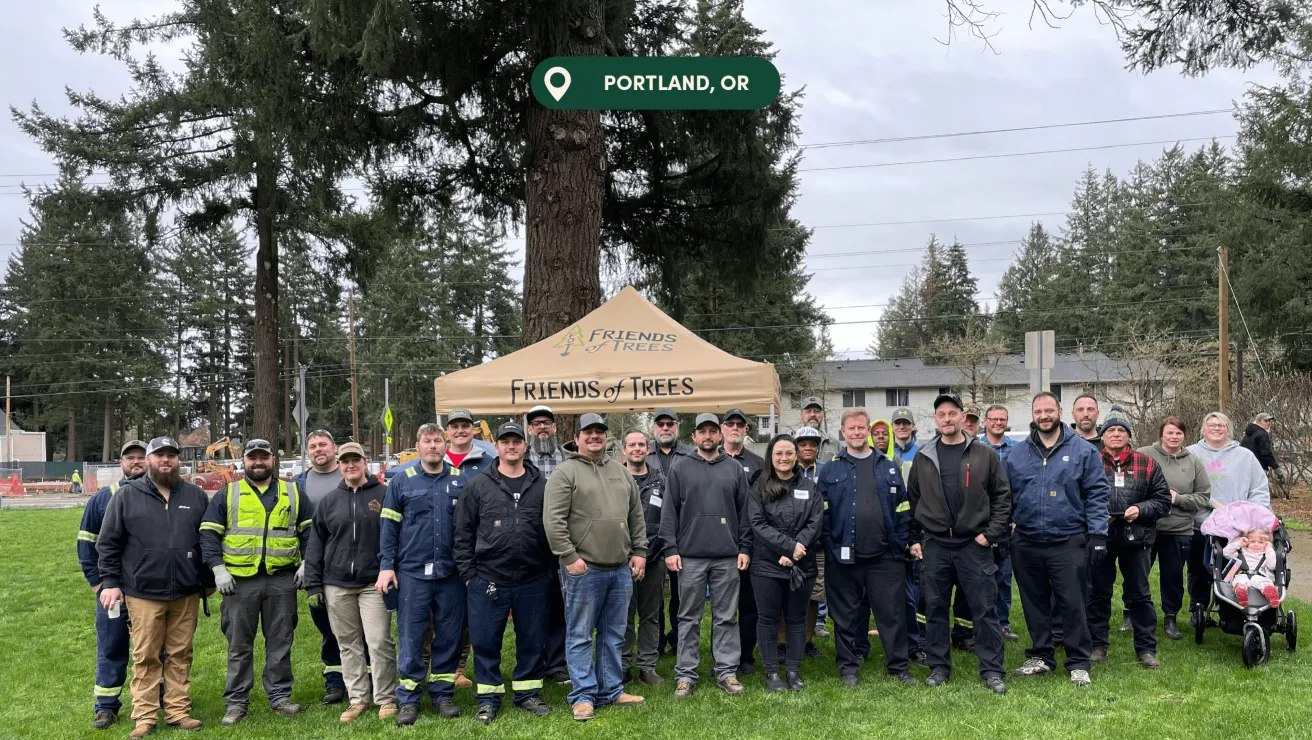
Historic tree loss from storms and development left low-canopy pockets in east Portland, driving local partners to take action and begin replanting.

With borough-wide canopy still below the 24% NYC average, new plantings in undercanopied areas are key to delivering relief from the heat.

Low-canopy districts — especially in the Mission and Bayview-Hunters Point — remain heat-vulnerable; greening projects are strategically targeting heat-susceptible blocks to cool and connect communities.

In neighborhoods with as little as 6% canopy — far below the city's average of around 28% — tree plantings are critical to cool urban heat islands and promote equitable public health.

In East Bridgeport, our partners plant trees to mitigate heat in areas with as little as 5% tree coverage.

Local planting partners are working to close the canopy gap in neighborhoods that have long gone without green investment.

In this fast-growing desert city — recording 181 days above 90 °F annually — limited tree cover drives extreme heat; targeted plantings provide essential shade in new developments.

Many South and West Side communities face canopy levels well below the city average (~17 %), suffering higher heat impacts — new trees are bringing much-needed cooling relief to community members.

Aging canopy and urban sprawl have left parts of the city with sparse shade; recent community-led plantings aim to revitalize streets and reduce summer heat islands.

New trees are being planted in heat-prone cities, like Glendale, to bring shade and resilience to neighborhoods where concrete and asphalt dominate the landscape.

Local partners join forces to plant trees where canopy is low and the need for cooling shade is high.

With soaring summer temps and limited shade in older urban corridors, tree plantings help curb energy costs and protect vulnerable populations from heat stress.

Mesa is one of Phoenix metro’s hottest suburbs, with surface temps routinely exceeding 150 °F on pavements. Planting shade trees offers relief and helps cool streets and public areas.

Miami partners are turning to trees as a powerful tool to cool streets, lower energy costs, and improve lives.

Nashville has lost hundreds of acres of canopy in recent years, due to urban development, storm damage, and invasive species.

As severe storms and rising summer highs become more common, tree plantings are buffering neighborhoods in cities like Oklahoma City — reducing energy bills and improving storm resilience.

Amid urban expansion and aging green infrastructure, new canopy plantings are restoring shade in residential zones struggling with high summer temperatures.

Historic tree loss from storms and development left low-canopy pockets in east Portland, driving local partners to take action and begin replanting.

With borough-wide canopy still below the 24% NYC average, new plantings in undercanopied areas are key to delivering relief from the heat.

Low-canopy districts — especially in the Mission and Bayview-Hunters Point — remain heat-vulnerable; greening projects are strategically targeting heat-susceptible blocks to cool and connect communities.
1/17
How Trees Help
In cities and towns alike, trees are increasingly recognized as critical infrastructure — not just for beauty, but for survival. As extreme heat becomes more common and more dangerous, especially in urban areas, trees offer one of the most effective and affordable solutions to protect public health. When planted strategically, trees can:
-
Cool neighborhoods by up to 10°F, significantly reducing the risk of heat-related illnesses and deaths, especially among vulnerable populations like children, the elderly, and people with preexisting health conditions.
-
Lower household energy costs by providing shade and reducing the need for air conditioning — a lifeline for low-income households that may struggle to afford rising utility bills.
-
Improve air quality by filtering pollutants, which are often exacerbated by high temperatures and can trigger asthma, heart disease, and other health issues.
-
Absorb stormwater and reduce flooding risks, preventing stagnant water that can harbor mosquito-borne diseases and decreasing contamination in local waterways.
-
Support mental health by reducing stress, anxiety, and depression. Access to tree-lined streets, parks, and green spaces has been linked to improved mood and lower rates of psychological distress.
In fact, the top two attributes people value about trees — according to this year’s Canopy Report — are their ability to clean the air (67%) and provide shade (66%). Additionally, 90% of Americans agree that trees make neighborhoods more livable.
Planting Where It Matters Most
As extreme weather challenges intensify and extreme heat threatens more lives each year, Americans aren’t just calling for action — they’re looking to trees as a proven solution. The science is clear, and the public is aligned: trees have the power to cool our cities, protect public health, and help make communities more resilient.
That’s why the Arbor Day Foundation is helping cities and neighborhoods fight extreme heat from the ground up. Through an unmatched network of local partners, the Foundation is identifying the most heat-vulnerable, low-canopy areas and planting trees where they’ll have the greatest impact — both today and for generations to come.
This is more than a planting initiative. With data in hand and committed partners on the ground, the Arbor Day Foundation is working to bring relief — and resilience — to every neighborhood facing the heat.
